We have two problems: 1) the digital age has an insatiable appetite for energy with more and more massive data centers being added every year, and 2) we need an incredible amount of energy to heat our homes, office buildings, and water. As good as renewable energy sources like solar and wind are, the answer can’t be to just add more power generation. What if we could kill two birds with one stone? Like using the waste heat generated by all those computers to heat our homes, office buildings, and water? And what if you could get that heat, essentially, for free? That’s what one company is trying to do. Let’s explore heat recovery and how it could help improve sustainability around the world … all without having to give up streaming YouTube videos. Because nobody wants that.
The invention of computers created a new market for information and data processing, and it’s a cliché to say that they keep changing our world, so I won’t say it … but they are. Things ramped up fast from the first practical computers in the 1950s and 60s, to IBM emerging as a computing leader in the 1970s, to Microsoft leading the software revolution in the 1990s. 1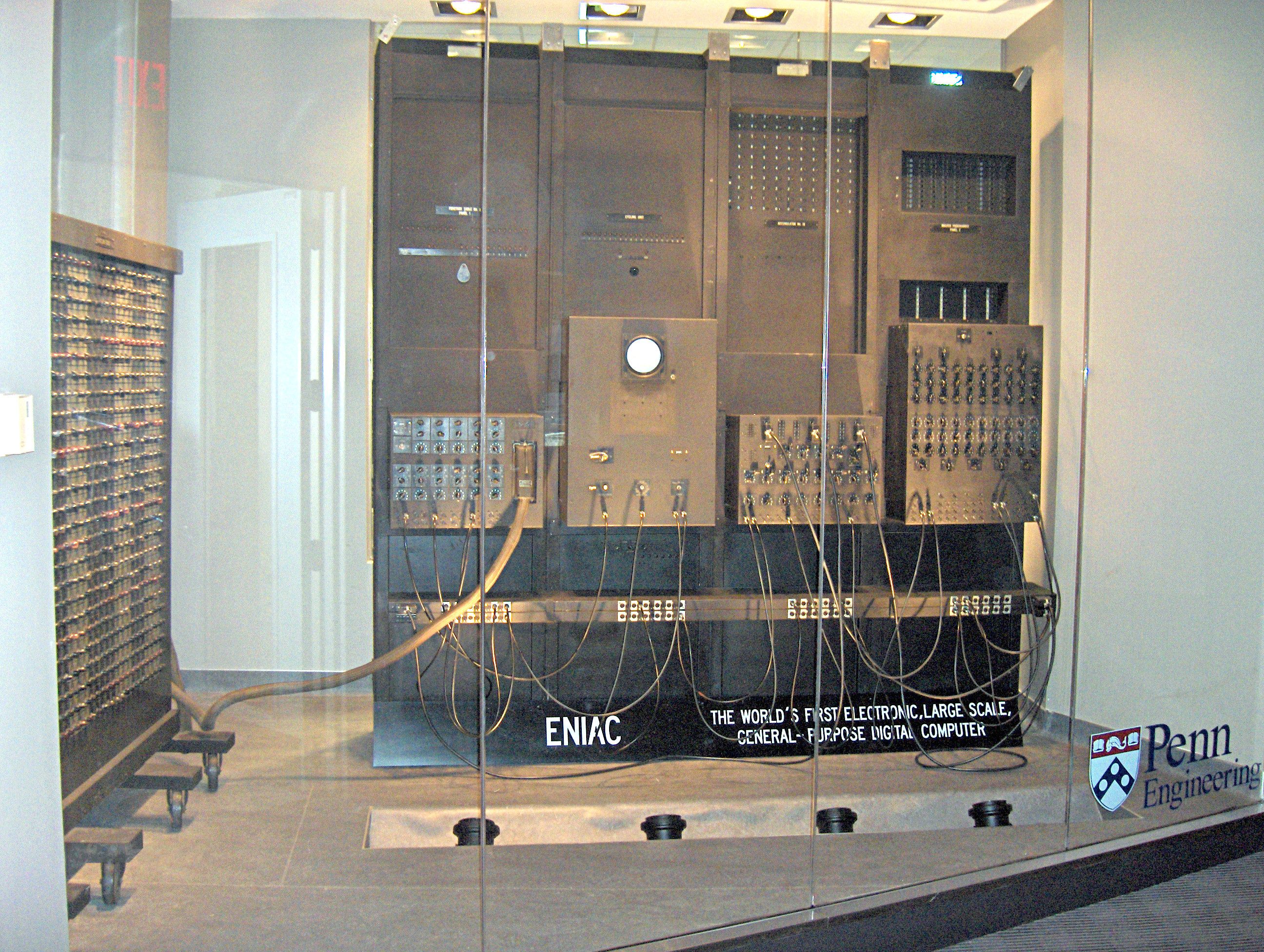
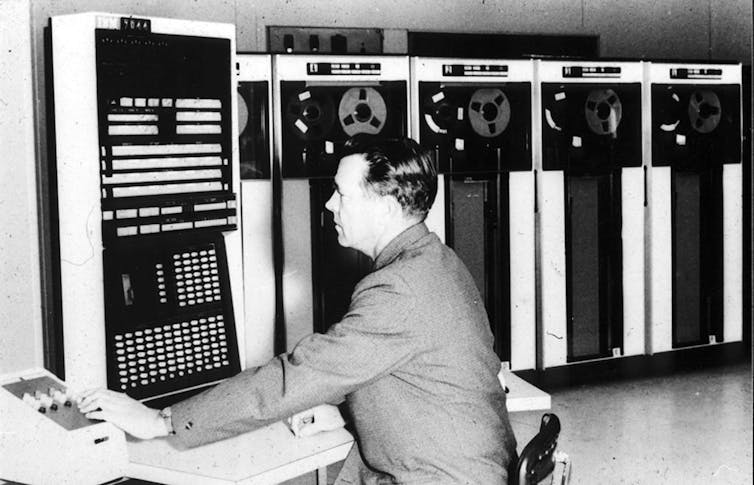
Since the 2000s, computing has been fed by data streams like traffic data, airline trips, banking transactions, social media (YouTube says, “hello”), stock markets, cryptocurrency mining … you get the idea. Cloud-based services have been on a steep upward trend. 2 3 4

But all that storage and those cloud-based services come at a cost. According to a study developed by the Ernest Orlando Lawrence Berkeley National Laboratory, between 2000-2005 there was nearly a 90% increase in data center energy usage. Between 2005-2010 it increased another 24% and between 2010-2014 it increased 4%. Part of the reason for the decreasing percentages is from more efficient computers and storage systems, as well as hyperscaling (which is running thousands of high utilization servers in efficient spaces) and virtualization (which is running multiple processes and instances on one computer). While those percentage increases have slowed, we’re still talking about 73 TWh of electricity consumption for US data centers in 2020 alone. That’s more energy than the entire country of Switzerland uses.5 Worldwide, data centers account for a couple hundred TWh or about 1% of energy consumption.6 7
In addition to using a ton of energy, these machines release a significant amount of heat that’s usually wasted. Although we can see a positive worldwide movement toward renewables, carbon-heavy sources still account for a big share of electricity generation. While we need supercomputers and data centers to maintain many of the systems we’ve come to rely on, we also have to be conscious of the effects they have on the environment.
But there’s one key aspect to focus on in all of this: heat. All of these computers produce an immense amount of heat that has to get cooled off in order to keep the computers working properly, which is where heat that we do want comes into play.
According to the 2021 Annual Energy Outlook from the EIA, space heating represented 15% of the total household electricity use here in the U.S. in 2020, accounting for 190 TWh. From a macro perspective, heat is the largest energy draw and contributes 40% of global CO2 equivalent emissions and accounted for 50% of global energy consumption in 2018. 8 9
It’d be great if we could channel that data center waste heat into something useful. Well, companies and researchers around the globe have been developing technologies to recover computing-heat in data centers, and one company in particular is focused on buildings you may work or live in. But I’ll get there in a minute.
First, let’s take a look at everyone’s favorite tech company, Facebook. I’m just kidding, but seriously, they are an interesting case study.
At its Odense facility, in Denmark, copper coils filled with water are used to transfer heat from the data center to one of Fjernvarme Fyn’s heat-pump facilities. The heat pumps use the server warmed water to raise the temperature of a water loop that provides hot water to Odense’s households’ radiators. Facebook expects that the data center will recover 100,000 MWh of electricity every year when the system is running at full throttle, enough to warm 6,900 homes. 10
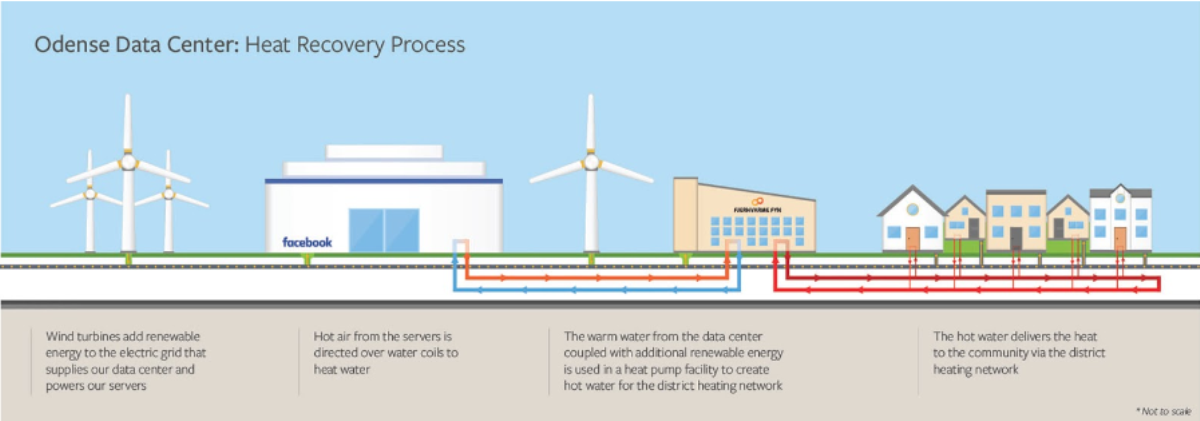
But depending on the cost of electricity in some parts of the world, the use of heat pumps to boost the low-temperature from hot aisles in data centers (25ºC – 40ºC) might not be economically viable. 11

Another example is the Dutch tech company Blockheating, which has worked out a containerized data center design. It can use liquid cooling to pull out heat and pipe it into commercial greenhouses to keep tomatoes and bell peppers growing during the fall and winter months without using gas. 12

But, all of these solutions run into a similar problem. Data centers need to be close to where you want to use the heat, and in some cases they may not be economically feasible. But a French company has developed a fascinating technology for computing-heat recovery where you actually need it.
Qarnot is putting the heat sources where they can be reused more easily… and they don’t have to build out huge data center buildings and infrastructure like a typical company (ie. Google, Amazon, Apple, etc.). Instead of cramming computer servers that need cooling into massive, centralized data centers, Qarnot is spreading that computing power throughout domestic or public buildings where heat can be reused.
The company offers two products. The QH.1 is a computing-heater that looks a lot like a radiator heating system in a space, and the QB.1 is a digital boiler system. Both are using the heat generated by the microprocessors onboard to radiate heat or generate hot water in a boiler. By performing complex IT operations, these high-performance computers give up heat that is directly dissipated to anything from apartment buildings to offices or warehouses.
First, they sell and install these systems in a building, which are also wired up with high speed internet and integrated into their distributed cloud computer system. Then, like any other computer, when its QH.1 and QB.1 process data and calculations for their online services, they produce heat, which is recovered to warm the room or boiler system they’ve been installed in. 13 14

The company’s digital boiler, the QB.1, heats up water by reusing the heat released by 24 servers. Water circulating in the boiler pipes captures heat and can reach temperatures over 60ºC. Each QB.1 module can provide up to 3 kW of power. 15
I had a chance to talk to Quentin Laurens, who’s the head of external relations at Qarnot, and he made clear their business is based on two legs: selling computing services and reusing waste heat for the building.
“…one is about selling computing power to big companies, industries, research, laboratories, and so on, who need like high loads of computing power. And on the other hand, we sell devices that are the boiler that you mentioned. Or the heater that release heat and that embeds microprocessors as heat sources. So, if you have to… If I can sum up what Qarnot does, Qarnot offers low carbon computing power by spreading computing units directly within buildings and by reusing waste heat from IT.” -Quentin Laurens
Building owners keep full control over the heater. The more heat is needed, the more the processors perform IT computations. According to Laurens, the boiler has the advantage of their two products.
“…the boiler is a good product because it works all year long, producing hot water for sanitary needs, hot sanitary water, or for heat networks in places where heat networks are installed.” -Quentin Laurens
Regarding costs, customers need to make an initial investment for the hardware, but after that they’ll have no functioning costs.
“… what we do is that we sell the machine and then we reimburse all the electricity bills. We do the maintenance for free, and we replace the machines regularly to have quite high performances in terms of computing.” -Quentin Laurens
And all of this presents some interesting advantages, like not having to build out large, expensive data centers. Qarnot’s distributed data center approach also gives them a bit of an edge for rolling out new capacity too.
“We don’t need any more dedicated buildings. So no data center construction, no refreshment because we dissipate heat. And we have a single source of energy doing both activities. One is to provide computing power. And second thing is to provide heat. So we have a system in which the reduction of CO2 emissions is around 85%.” -Quentin Laurens
But how powerful can a distributed system like this actually be? Well, you’ve probably seen their work.
“And to give you examples, we are also very flexible in terms of deployment to give you an example, we’ve been working with Universal Pictures for the Minions Movie, you probably know about, which will be in the cinemas next year because of the COVID.” -Quentin Laurens
“The clients on the computing side are big banks doing Monte Carlo simulations, 3D studios doing 3D renderings with us, laboratory research who are needing computing power for big data, machine learning in lots of sector, computation or fluid dynamics for aeronautics, for trains, for any CFD computations that you need.” -Quentin Laurens
One challenge with the computer as a heat source concept is that the product really only makes sense in colder climates or regions. Like me being in the New England region of the US. From late spring to early fall I wouldn’t be using a computer heater device to heat my home, which means the company wouldn’t be able to use it as part of their distributed system. On that count, Quentin expressed that’s why Qarnot is focusing more on their boiler strategy.
“…the boiler has two advantages. The first one is to embed 24 microprocessors, which is quite a big computing power. And second thing is that it is used within buildings and it is installed to function all day long and all year long also, which is not the case of the heater. For countries like France, where you have winters and summers that are very, very different in terms of temperature. So the boiler is a good product because it works all year long, producing hot water for sanitary needs, hot sanitary water, or for heat networks in places where heat networks are installed.” -Quentin Laurens
So for the heat generation side of their products offering, they’re looking at more northern markets right now.
“So Finland is quite a good market for us. And to be honest, we have, I would say three zones in the world, North America, USA and Canada, but we are not very active there yet. And a bit more active in Europe with Germany and the Nordics. So Sweden, Norway, Denmark, and Finland, where there are huge heat needs.” -Quentin Laurens
And even though climate does limit what regions this type of system can be used in, that’s still a very large potential market. All of Qarnot’s IT clients, the 3D studios or big banks buying the computational power, can be located anywhere in the world. There’s no limitation there.
This is a very clever and innovative solution they’ve cooked up, but it’s not a magical solution that will work for all situations. In addition to being somewhat limited to colder climates for the server locations, you’re also limited based on internet availability. You need to be in locations with access to high speed networks like fiber optics. Without that a distributed server network would run into serious issues. And there are many types of computational use cases that may not fit with what Qarnot can provide. I don’t think Netflix is going to be using something like this to host millions of concurrent video streams, but it’s a great fit for rendering animations for a major film production. It’s all about the right tool, for the right job.
While waste-heat recovery in large size data centers may be ramping up at a slower pace, innovative approaches to waste heat recovery, like what Qarnot is doing, really warms my heart. It’s out of the box thinking like this that can help not only the environment, but also our never ending thirst for streaming the next YouTube video.
- The Evolution of Computing ↩︎
- The evolution of the data center : Timeline from the Mainframe to the Cloud ↩︎
- Cloud Market Share – a Look at the Cloud Ecosystem in 2021 ↩︎
- The History of Data Centers ↩︎
- Wikipedia – List of countries by electricity consumption ↩︎
- United States Data Center Energy Usage Report ↩︎
- IEA – Data Centres and Data Transmission Networks ↩︎
- IEA – Heat Report Extract ↩︎
- How is electricity used in U.S. homes? ↩︎
- Facebook is recycling heat from its data centers to warm up these homes ↩︎
- Waste heat from data centres ↩︎
- Waste heat warms up ↩︎
- He converts the waste heat from computers into heating! ↩︎
- THE COMPUTING-
HEATER ↩︎ - ECOLOGICAL AND FREE HOT WATER THANKS TO COMPUTERS’ WASTE HEAT ↩︎


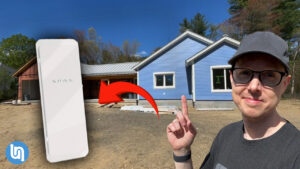
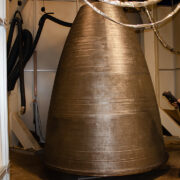
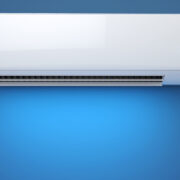
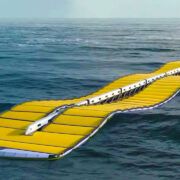



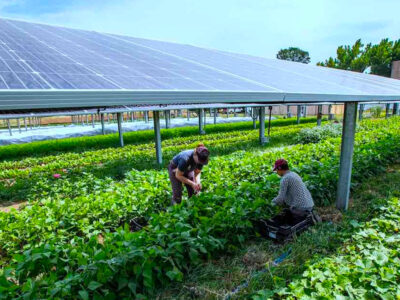



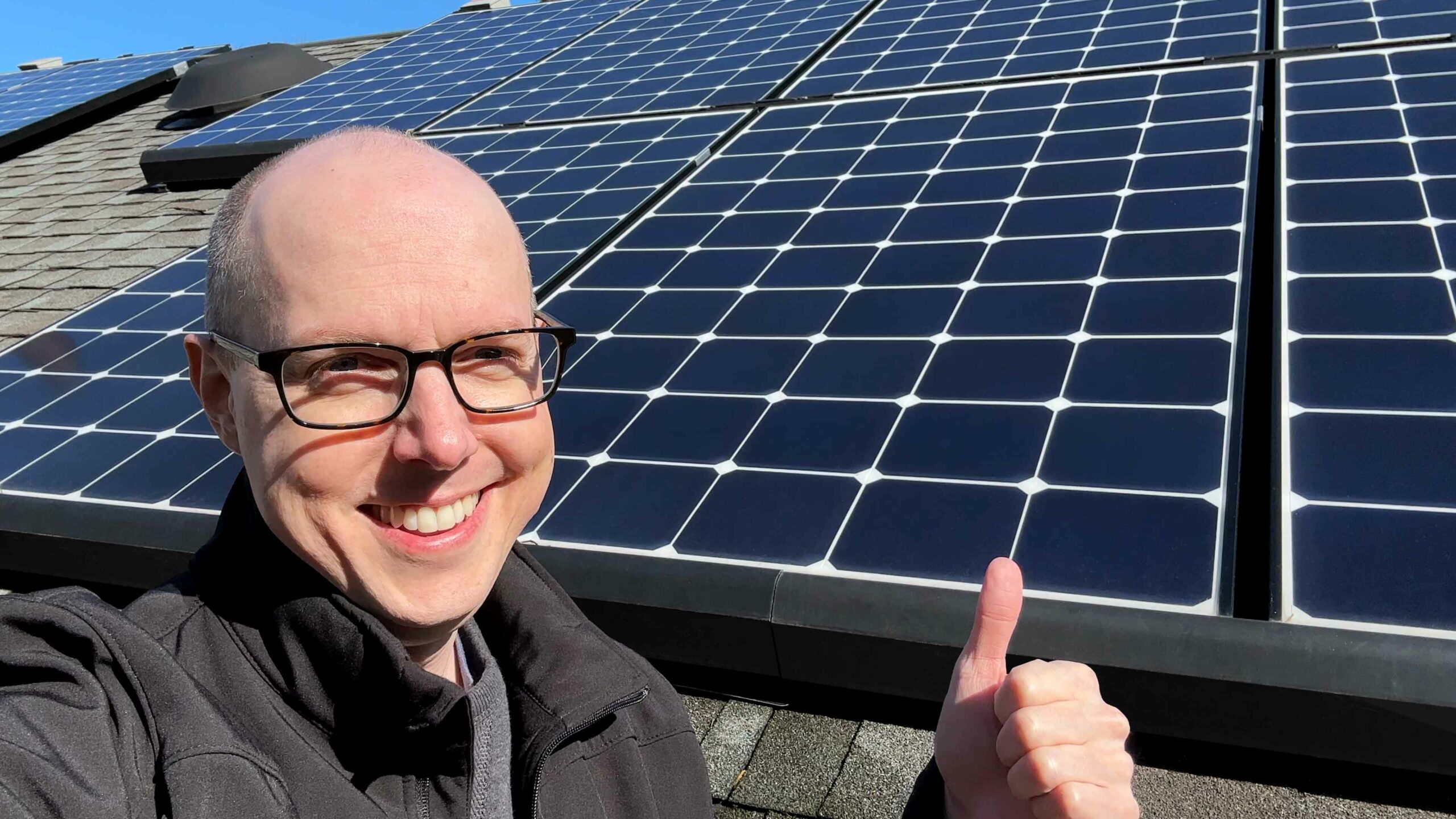


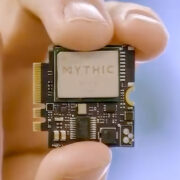

Comments